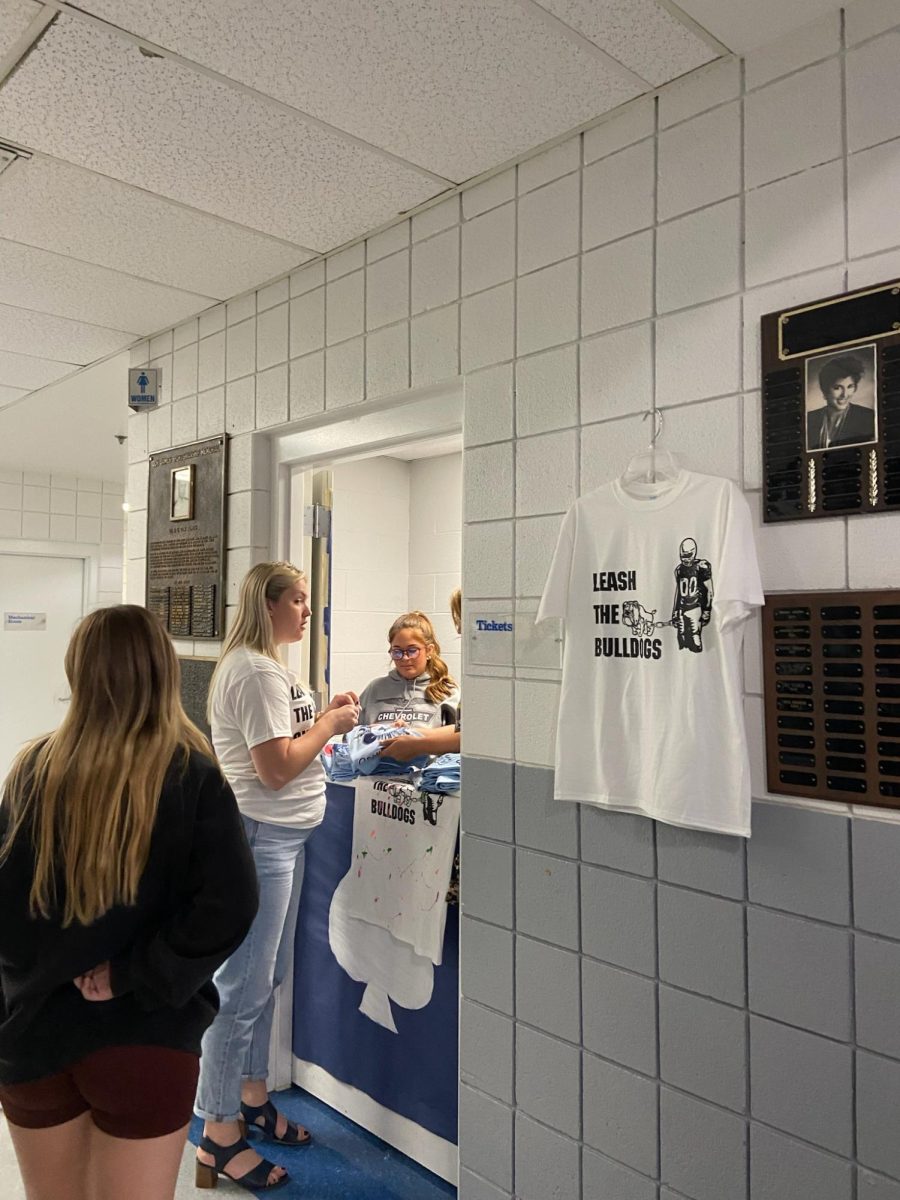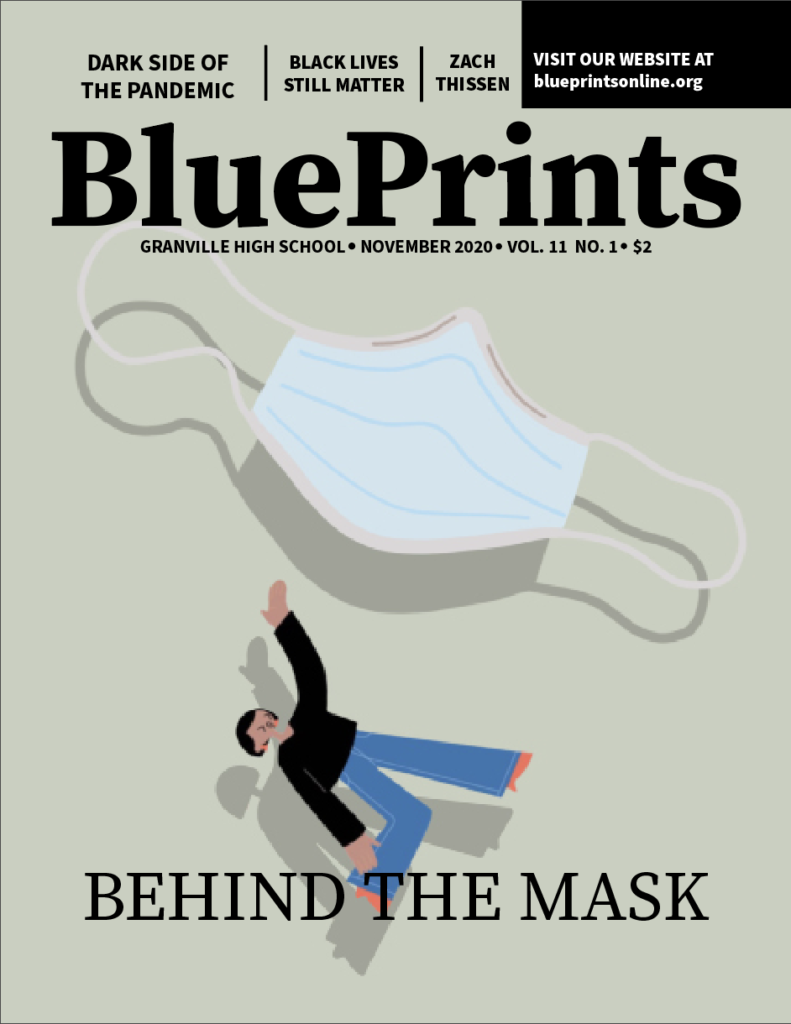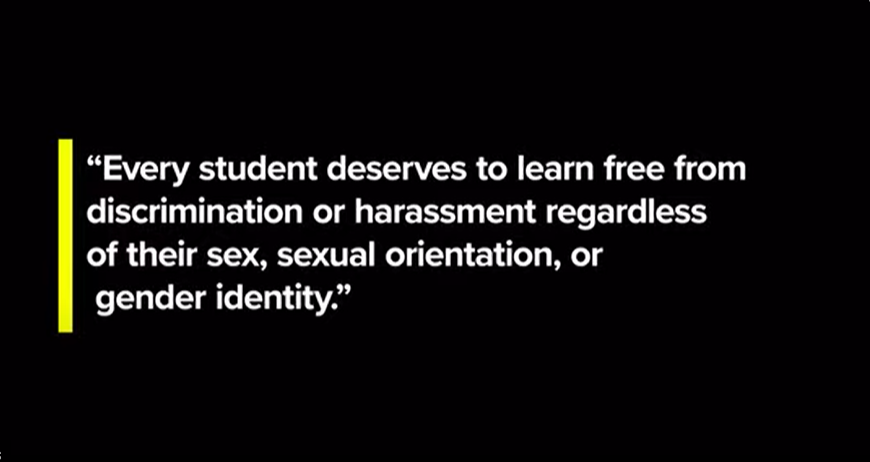BY SARAH CARPENTER (’20) AND MICAH ORGAN (’19)
When entering a classroom, the locked jaws and intensely fixed gazes are clear indicators that something is off. There is a tension about the room that does not pass as time goes on. After the bell rings, students shuffle off to other classrooms, and the cycle repeats itself over again. It is clear that these students are suffering through severe stress.
Junior Lauren Kiernan says that she is stressed. However, she puts it aside and deals with it later. Her main cause of stress is definitely school.
“Any time I think about my homework I cry a little,” Kiernan stated.
Lauren is not the only teenager who feels this way. Teenage stress levels have been on the incline over the years. According to a 2013 survey conducted by the American Psychological Association, 31% of teenagers reported feeling overwhelmed as a result of stress, and 34% of teenagers reported feeling sad and depressed as a result of stress.
Relative to these national percentages, stress levels are even higher here at Granville. According to the Educational Management Information System’s report that was released this year, 91% of students are stressed about school.
According to the American Psychological Association, the average stress levels of teenagers are rivaling those of adults.
“It is alarming that the teen stress experience is so similar to that of adults. It is even more concerning that they seem to underestimate the potential impact that stress has on their physical and mental health,” said the American Psychological Association’s CEO Norman B. Anderson.
School counselor Cody Masters says that he handles students complaining of being excessively stressed on “almost a daily basis.” However, he states that “The concerning part is when it turns from stress into anxiety and other mental health issues that are closely tied to it.”
CAUSES OF STRESS
The six common triggers of teenage stress are academic pressures, social stress, family conflict, world events, traumatic experiences and significant life changes, according to Psycom.net.
Being stressed is not an uncommon occurrence, either. The Palo Alto Medical Foundation surveyed 124 students, and out of those students, 55 percent of them reported that their main cause of stress was school, homework, grades, GPAs, and exams. However, school is not the only thing that teens are stressed about.
Junior Naudia Ferberche stated that she is “mostly stressed about family conflict”. Senior Charles Ziegert replied that he is stressed about everything.
Many teens also worry about their extracurricular commitments, as it lessens the amount of time they have to work on other academic endeavors.
Senior Ally Desenberg is involved in drama, and states that her involvement only adds to her stress levels.
“Being head makeup chair is a lot of commitment and responsibility, I have actors and people relying on me,” she stated.
According to the EMIS survey given to last year’s seniors, 90% of them were involved in extracurricular activities, as compared to 85% the previous year. Extracurricular involvement is on the rise at GHS, and with extracurricular involvement comes extra stress. According to David Kelly’s study about the link between student stress and extracurricular activities, however, students involved in arts-related extracurriculars and students who did not participate in extracurriculars had similar stress levels.
WAYS TO DEAL WITH STRESS
The main causes of stress for sophomore Gabbie Sargent is school and homework. However, even though her stress can be difficult to manage, she tries to alleviate it by doing things that she likes to do, such as taking walks.
Exercising regularly can lead to decreased stress levels. In fact, exercise is one of the best ways to relieve stress along with healthy eating, avoiding caffeine, and relaxation techniques such as breathing exercises according to the American Academy of Child and Adolescent Psychiatry.
Along with the concept of alleviating stress through exercise, English teacher E.B. Smith has implemented Calm Classroom into her lessons. “Calm Classroom is a structured practice of two minute meditations that include about 30 different meditations,” Smith said.
Calm Classroom is a prime example of schools taking action to help students manage stress. Calm Classroom involves doing mindfulness activities as a class such as breathing exercises, stretching, and other relaxation techniques as a class for three minutes a day.
“The idea that if you practice it regularly you feel, in theory, less stressed. And when you do encounter stressful situations you have a coping mechanism,” Smith said. “It’s like anything you would learn for school, where if you practice and practice you get good at it and you can apply it on your own and find calm.”
Stress management is imperative for everyday life. Without healthy coping mechanisms, students can develop health problems such as headaches, digestive issues, a weak immune system, and heart problems.
“There are good ways to manage stress and there are not so good ways to manage stress, and we want to encourage everybody to manage stress well,” Smith said.





![Mrs. Miller works in the guidance office. With all the many duties of her position she is working as the secretary for the guidance office. "[She] may change every period to a different class," Principal Scott Hinton said.](https://blueacemedia.org/wp-content/uploads/2024/09/sub-photo-1200x869.jpg)



































































































